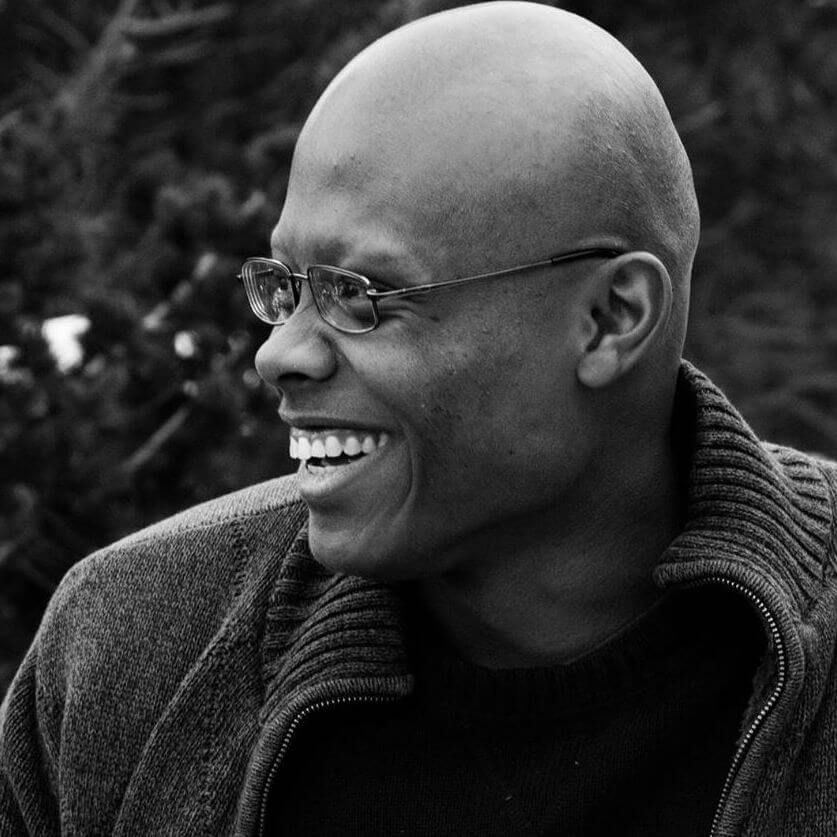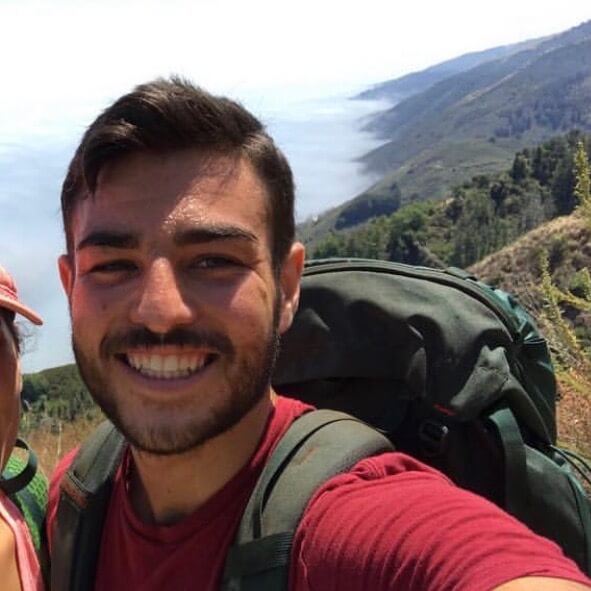Remote Training with Ryan Ford
How it works
My remote training/programming/periodization uses the power of email, video analysis, 1-on-1 video coaching calls, Google Drive, and other tech to help optimize your training and keep you accountable, no matter where we are in the world. These tools allow me to constantly learn more about your goals, strengths, and weaknesses, etc, which ultimately allows me to create the best possible programs to help you improve.
- Submit your remote training application.
- If/when accepted, we’ll follow up with next steps.
- Once fully signed up, we’ll discuss any further questions. We’ll also assign your initial video tests.
- When your video tests are done, you’ll receive your first individualized 6-week block of programming and assignments. Alternatively, you may be asked to redo some initial tests before moving forward.
- Upon receiving your first 6-week training block, feel free to email any questions or concerns about your training.
- After each 6-week training block, we will reevaluate/rewrite for the next 6-week training block.
* Got questions? Email me at: ryan@parkouredu.org
Who’s it for?
Most of the same training principles apply to athletes of all levels, just with different movements, progressions, and/or varying levels of intensity/frequency/volume. Over the past 15 years, I’ve accumulated loads of experience training athletes of all ages, backgrounds, and skill levels. Most of the athletes I work with fall into two main categories:
- High-performance – for athletes who are training for optimal/maximum output, high-level competitions, and/or professional performances and other commercial gigs.
- Lifestyle – for athletes of all levels who want to learn new skills, improve fitness, and/or live a stronger, more useful life.
What’s included?
- Email your feedback/questions any time & I’ll respond quickly
- Personalized programming every 6 weeks (mobility/strength/power focus)
- Access to self-paced online courses like Parkour 100 Series & Climb-Up Blueprint
- Weekly/monthly video assignments (skill/sport) + email feedback/analysis
- Monthly coaching calls and/or private lessons
- Other deals & discounts on video consults, private lessons, training at Apex School of Movement, & more
Other notes
- Approved application & 3-month prepaid commitment are required
- No refunds but you can receive credit or transfer to others
- Limited spots per month are reserved for APEX/PKEDU athletes, members, & coaches
- Limited spots per month are open as work-trade opportunities
- Got questions? Send an email to learn more: ryan@ParkourEDU.org
View this post on InstagramA post shared by Valentin Dubois Blacklist (@valentin.blcklst) on



View this post on InstagramA post shared by Ryan Ford (@ryanmford) on



FAQ
Q: What do you mean by “individualized” programming?
A: Each program is custom-built and updated for your own personal schedule, goals, strengths, weaknesses, injuries, imbalances, training history, etc. This individualization is key for optimizing your gains and reducing your risk of injury. Every 6 weeks, we will start a new 6-week block of programming that keeps you on the right track to your goals. This new program is based on your feedback, recent progress, current condition, setbacks or good fortunes, time of year/season, etc.
Q: Why focus on mobility, strength, and power?
A: Most of my athletic background and coaching experience is in power sports and strength-based movements. I’ve also been forced to learn a lot about mobility, joint prep, and prehab since my lack of mobility during many decades of team sports and parkour ultimately led to an ankle and knee surgery. For most of the athletes I work with, I consider mobility (active flexibility), strength, and power to be held at a premium above other physical attributes such as flexibility, stamina, and endurance.
Q: What’s up with the application?
A: This helps me get to know you better. It’s hard to write a quality program for someone who you don’t know well. Many of my key coaching/programming decisions are based on your feedback, goals, strengths/weaknesses, recent training, current condition, setbacks or good fortunes, time of year/season, etc.
Q: Why the 3-month commitment?
A: Studies show that you should stick with a training program for at least 4-6 weeks in order to properly gauge your results. There’s always some amount of trial and error that goes into getting to know each athlete and what works best for you. Three months gives us the time we need to make significant progress, build better habits, and hone in on the best styles of training for you.
